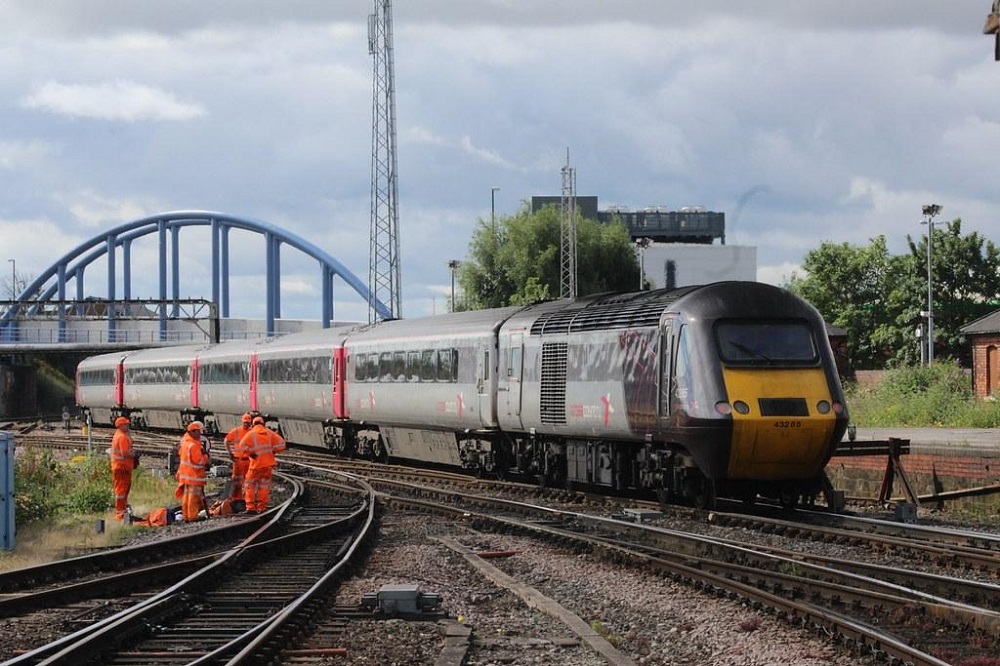Near miss incidents plummet with removal of lookouts on railway track repairs

Network Rail’s removal of human lookouts has resulted in a dramatic drop in near miss incidents on the UK’s rail network.
According to industry publication the New Civil Engineer, Network Rail claims there has been a 70% reduction in near miss events following a 95% reduction in unassisted lookout working since July 2019.
Since March 2021 there has also been a 70% reduction in work which uses Lookout Operated Warning Systems (LOWS) and it is expected that all work using LOWS will stop by the end of March 2022.
Plans to phase out human lookouts on railway tracks and improve trackworker safety were set out in 2019 and have been campaigned for by the union Transport Salaried Staffs’ Association (TSSA)
In July 2019 the Rail Accident Investigation Board (RAIB) found that a catalogue of errors led to the death of two workers and the serious injury of a third when they were hit by a passenger train at Margam East junction.
Safety failings were also identified when another track worker narrowly avoided a 60mph collision with a train just weeks before the Margam accident, when he had been working on a section of track at Ynyshir, near Dovey Junction station in Ceredigion.
Last year, a track worker escaped injury in a near miss with a train when he was carrying out work to inspect and remove icicles in Llandegai tunnel near Tal-y-Bont in Gwynedd.
Recommendations
In March last year, Network Rail asked each of its 14 routes to accelerate plans to end the practice of unassisted lookout working following the death of a trackworker in Surbiton.
The Surbiton tragedy was the latest incident of a rail worker being struck by a train in recent years, and followed the death of another trackworker in Northamptonshire in 2020
The plans required, wherever possible, replacing human lookouts with protection and warning technology to alert groups of workers to approaching vehicles on the track.
Manuel Cortes, General Secretary of TSSA union challenged safety standards in response to the Surbiton accident.
He said: “The Rail Accident Investigation Board (RAIB) criticised Network Rail’s ‘long-term failure to improve the safety of people working on the railway’ and made a number of recommendations.
“Despite consultants spending over £25M of public money last year, we have seen no concrete results.”
This claim was strongly contested by Martin Frobisher, Network Rail’s group safety, technical and engineering director.
He said: “Through our safety task force – a 187-strong team formed to improve our approach to safety by investing £250M in safety equipment, improved planning systems and innovation – we have reduced the practice of lookout working by over 60% and it now represents just under 11% of all work carried out on track.
“Our aim is to eradicate this type of working before July 2022 at the latest. Indeed we have already achieved that in some parts of the country, leading to a 45% reduction in near-miss incidents, and it is our intention to accelerate this programme as much as we can while ensuring that the work is properly planned and executed.
“We have also commissioned hundreds of additional devices which protect colleagues when they are working within line blockages and we want to rapidly increase the deployment of intelligent infrastructure and remote monitoring technology to reduce the need for boots on the ballast.”
Support our Nation today
For the price of a cup of coffee a month you can help us create an independent, not-for-profit, national news service for the people of Wales, by the people of Wales.





